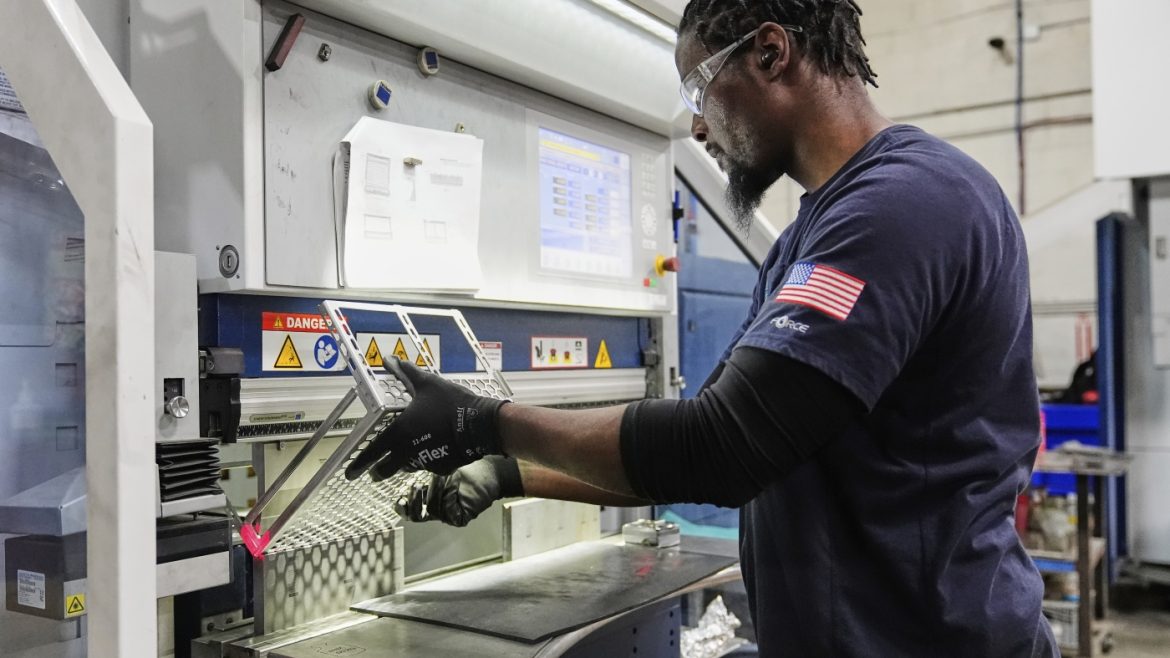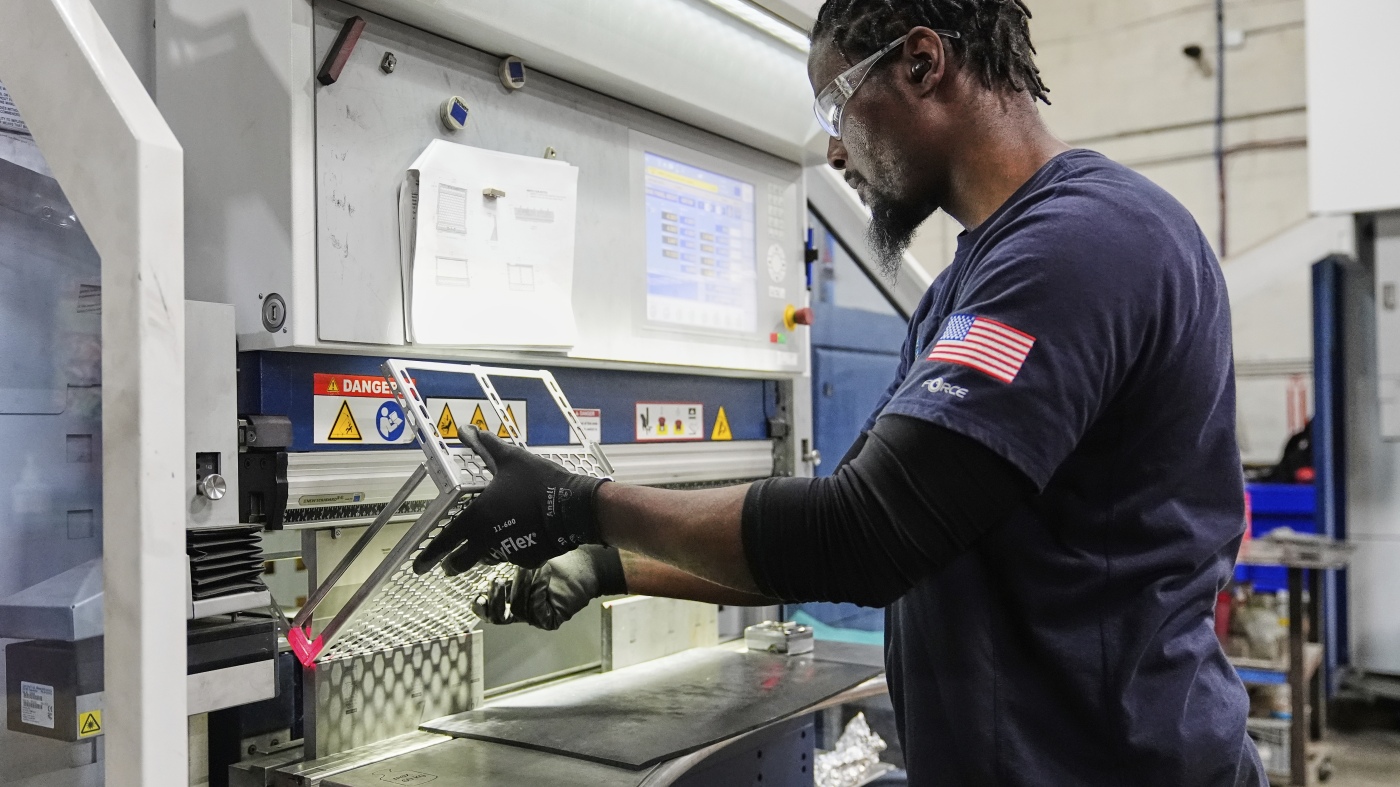Manufacturing Jobs in America: Reality vs. Perception
Introduction
The topic of manufacturing jobs in the United States carries a complex mix of economic, social, and cultural narratives. Once heralded as the backbone of the American middle class, manufacturing employment has dramatically evolved over decades, placing it at the center of debates about job quality, economic opportunity, and the future of work for non-college-educated Americans. Various perspectives reveal a gap between nostalgic perceptions and current realities. This analysis dives into why Americans hesitate to fill existing manufacturing positions, how these jobs have changed, and what these developments mean for the workforce and economy.
Understanding the Historical Context of Manufacturing Employment
Over the past 40 years, manufacturing employment in the U.S. has steadily declined despite the sector’s continuing importance in economic output. Historically, these jobs provided solid wages, benefits, and clear career ladders for workers without college degrees. This traditional view framed manufacturing as a reliable ‘ticket to the middle class’ for many Americans, especially those with limited formal education.
However, alongside globalization, automation, and offshoring, the number of available manufacturing jobs has shrunk, and the nature of remaining jobs has transformed. Manufacturing is no longer predominantly a labor-intensive sector requiring minimal skills but involves more sophisticated machinery, problem-solving, and specialization. The decline in jobs combined with this evolution creates a paradox: there are nearly half a million openings, yet many remain unfilled.
The Changing Landscape of Manufacturing Jobs
Modern manufacturing jobs vary widely but share a trend toward higher technical requirements. Contrary to the image of repetitive assembly-line tasks, many roles demand creative thinking and problem-solving skills—such as optimizing machine setups and ensuring product quality. Employers increasingly seek workers who can bring innovative approaches rather than mere manual labor.
Nevertheless, the perception that manufacturing jobs are “soul-crushing” or “tough as hell” persists, fueled in part by anecdotal experiences from workers and cultural stereotypes. Debates on platforms like Reddit highlight that not all manufacturing jobs are fulfilling or well-compensated, and for some, they involve physically demanding, monotonous, or hazardous work environments. Safety improvements have reduced accidents compared to previous generations, but manufacturing is still often less attractive than service-sector or white-collar alternatives.
Why Are Americans Avoiding These Jobs?
Several key factors contribute to the reluctance of many Americans to accept existing manufacturing roles:
Are Manufacturing Jobs “Special”?
The narrative around manufacturing jobs as uniquely good or special is contested. While some experts assert these jobs still provide above-average wages for non-college workers and foundational economic stability, others criticize the sector’s decline and the erosion of benefits and job security in many roles. The once-clear career ladders have become less predictable.
Moreover, some analyses challenge the idea that pent-up demand for manufacturing employment truly exists. Surveys show that many unemployed individuals express a general desire to work but do not specifically prefer factory jobs, suggesting these positions are not a special prize in the labor market.
What Could Improve the Situation?
Revitalizing manufacturing job appeal involves multiple strategies:
– Enhanced Training and Education: Expanding technical education, apprenticeships, and reskilling programs could align workers’ capabilities with modern manufacturing demands.
– Better Compensation and Benefits: Offering competitive wages and benefits will make jobs more attractive and sustainable.
– Improved Job Design: Increasing automation of the most repetitive or strenuous tasks and investing in safer, more engaging work environments can reduce physical and mental strain.
– Changing Perceptions: Promoting the technological sophistication and creative problem-solving aspects of manufacturing may reshape cultural views.
– Economic Incentives and Policy Support: Thoughtful policies could encourage domestic manufacturing growth that translates into quality jobs.
Conclusion: Navigating the Future of Manufacturing Employment
Manufacturing jobs in America no longer fit the simple mold of decades past. Although many positions remain unfilled despite significant demand, the reasons are multifaceted—spanning skill mismatches, cultural stigma, and evolving job realities. While manufacturing can still offer pathways to economic stability, the sector’s future depends on adapting to modern expectations and workforce needs.
A nuanced approach that recognizes the complexity of these jobs and people’s diverse preferences is necessary. Bridging the gap between available roles and worker aspirations is neither a mere supply problem nor a simple matter of nostalgia. It calls for coordinated efforts across education, industry, and policy to make manufacturing an accessible and valued career choice once again.


